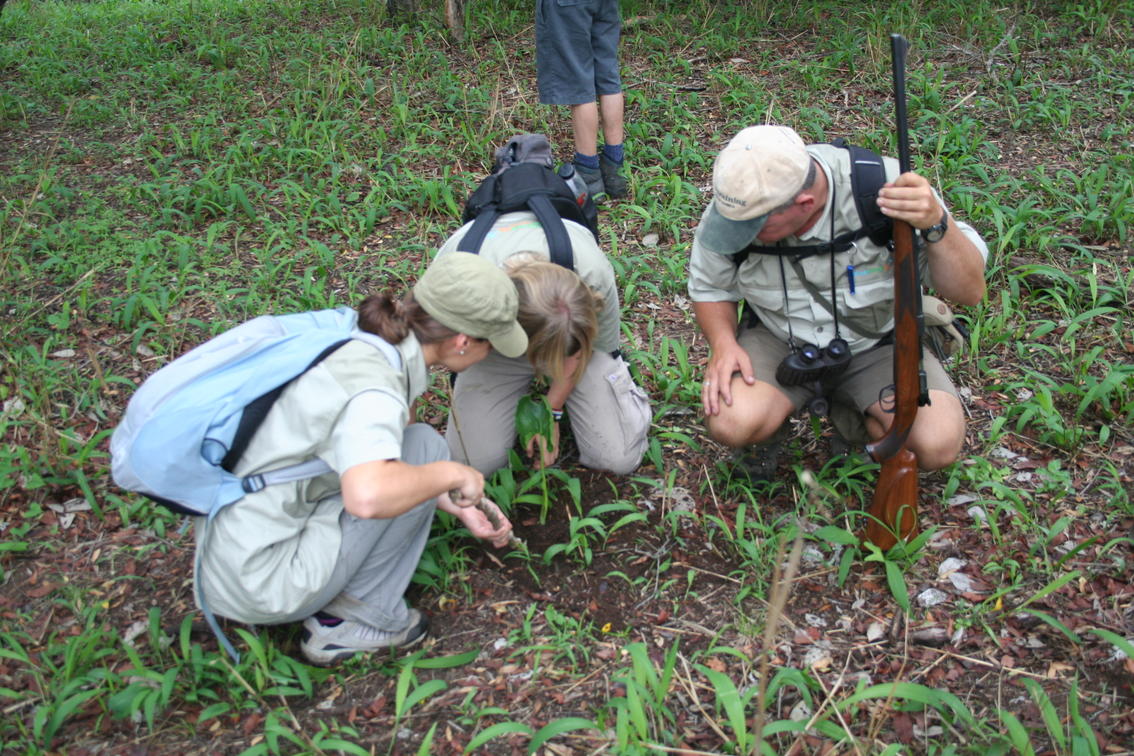Dinokeng Volunteer House
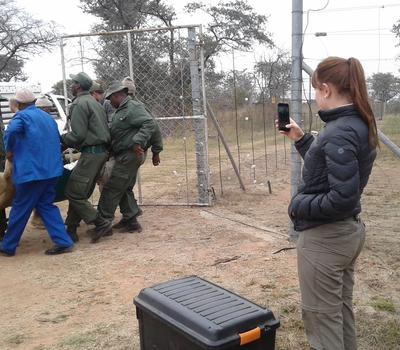
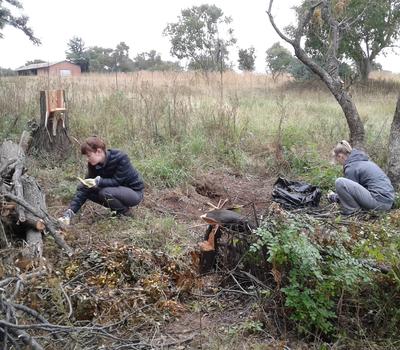

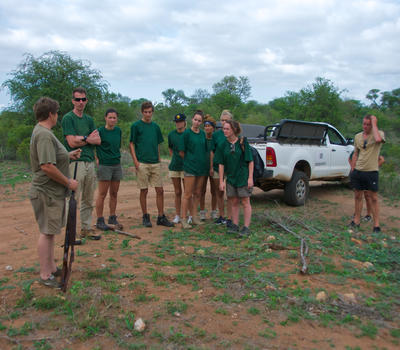
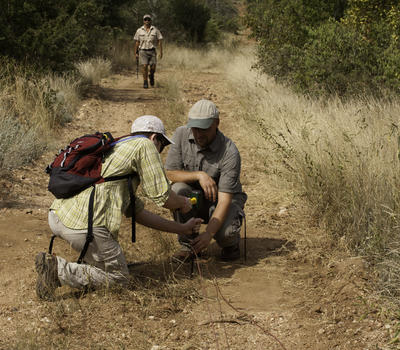
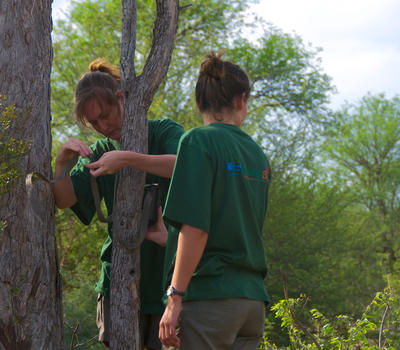
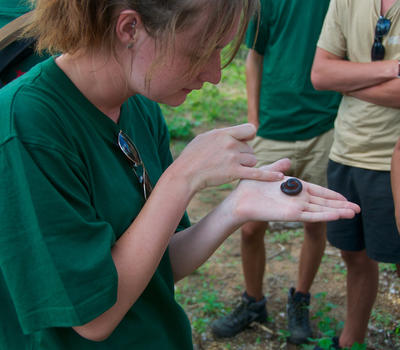
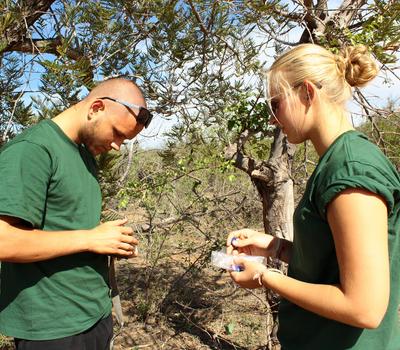
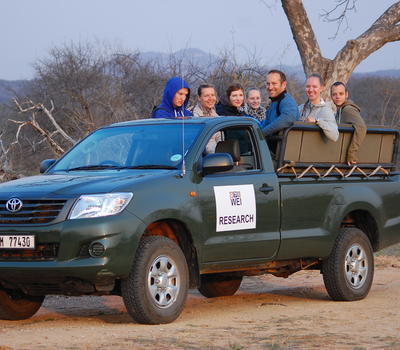
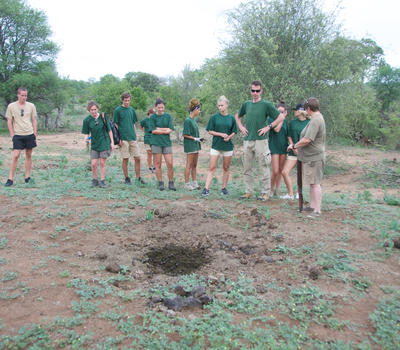
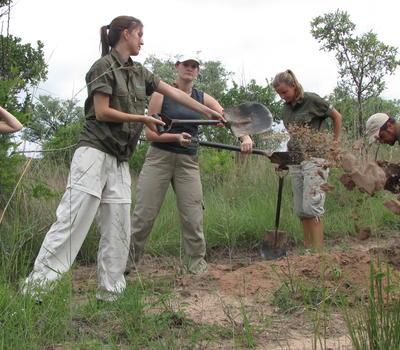
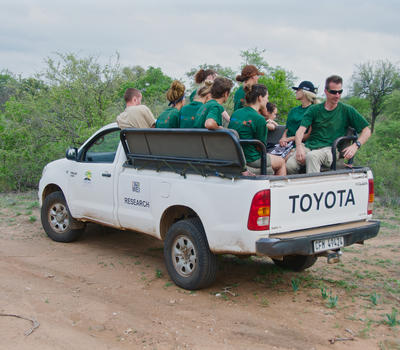
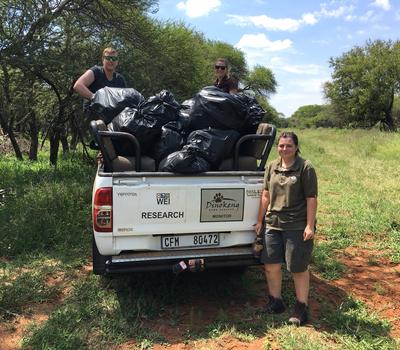
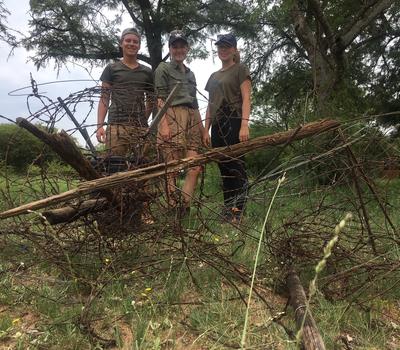
Data collection, field research and wildlife monitoring
The Dinokeng Game Reserve (DGR) is the first free-roaming Big 5 residential game reserve in Gauteng, and probably in the world, next to an urbanized area. It is a private / public initiative for which planning and development started in the early 2000’s. It was officially opened on 22 September 2011 after the introduction of four of the Big 5 game species. The last of the Big 5 (buffalo) were introduced in late 2012.
The DGR is a unique ecosystem that is home to free roaming wildlife within an urban setting. The ecological needs and the care of animals both on and off the reserve are of key importance to maintain the well being of the reserve. DGR is the first inclusive reserve which has humans co-existing with wildlife. This set up increases the value and opportunity to understand some of the potential future developments in conservation. The DGR requires extensive manpower to address the diversity of issues arising from the human-wildlife co-existence and provides a location to develop and test methods of mitigating human-wildlife conflicts.
Objectives:
1. To determine the herbivore carrying capacity of DGR
2. To determine the distribution of herbivores in DGR
3. To assess the large herbivore population dynamics (elephant, buffalo, rhino) in DGR
4. To assess the impacts of elephants on woody vegetation and trees.
5. To categorize the predator guilds (lions, cheetah, hyena, caracel) and distributions.
6. To assess the spatial and resource use by lions on the DGR.
7. To assess the human-wildlife and domestic animal interface.
8. To measure the human – wildlife interactions and how they can be mitigated.
Volunteers are allocated assignments and work responsibilities after their arrival at the camp upon completion of an initial 2 day introductory period. The introductory period allows for volunteers to gain a better understanding of operations, reserve management practices and safety policies. During this time volunteers are educated on basic savannah ecology and how to safely conduct themselves in a big game environment. They are assessed on their skills and interests, and the potential areas where they can make a valuable contribution during their stay.
Volunteers receive hands-on experience in conservation research and practical biodiversity survey techniques such as habitat assessments (measuring trees and grass species), bird point counts (to determine utilisation in different habitats) and herbivore transects (observing herbivore and antelope behaviour in relation to predator activity). There are also 32 camera trap sites throughout the reserve which are in operation all year round. Volunteers are responsible for the set-up, installation and maintenance of faulty and damaged equipment at these camera trap sites. A large part of every day is also spent on the continued servicing of the cameras e.g. replacement of batteries and memory cards, as well as sorting of the photos in the data base. These studies are essential to understand the carrying capacity for large animals and the optimum numbers of different game species which can be sustained in this Highveld savannah vegetation.
Little is known about the lion behaviour, activity and range use on DGR. To better develop management strategies for introduced lion populations in small reserves, lion behaviour is monitored and records of location, date and time, behaviour and condition of the individuals seen. Kill data is also recorded. The monitoring takes place opportunistically for 20 minutes at a time whenever sightings occur.
For ongoing monitoring, the rhinos and elephants have individual ID kits. The rhinos have been ear notched and ID kits made. The rhino ID kit includes a frontal photo and left and right profile pictures. The distinguishing features of the horn length and shape and ear notches are also recorded. The elephant ID kits use distinguishing features such as tusk characteristics, ears and scars. The elephants are fitted with collars for ease of tracking. The elephant ID kit includes a frontal photo and left and right profile pictures. The details of the tusks, ear venation and forehead wrinkles are the key features used to identify the animals.
Volunteers are involved with different types of work activities, including tasks that are not animal or wildlife related but are critical in conserving the environment, i.e. erosion control measures (rock packing dams, building gabions), road maintenance, bush clearing and manual labour.
Volunteers that are studying in relevant areas of interest i.e. conservation & wildlife, environmental & natural sciences, biology & botany - may depending on their skills and activities which are on-going, be assigned to specific tasks related to practical components of their studies. Volunteers work closely with the WEI Field Staff and Reserve managers on a daily basis.
WEI endeavor to balance the exciting wildlife related activities with the more mundane tasks of every day work in the bush. However both are required and volunteers must remain flexible about the type of volunteer work they will do, and also be willing to work with the less enigmatic tasks / species in the reserve.
Throughout their stay volunteers gain knowledge on bush ecology and an understanding of animal behaviour, dealing with potentially dangerous game, navigation, basic bush skills, GPS and GIS techniques. Volunteers also learn about Animal, Plant and Bird identifications as well as bush interpretation skills such as spoor identification, tracking and animal behaviour. An extensive library of reference guides, literature and books are available in camp.
Conservation Management is very diverse and dependent on many uncontrollable influences such as climate changes, environmental factors, animal behaviour and external human intervention. Many activities are seasonal and therefore CANNOT be guaranteed during any one volunteer’s stay. Volunteers must remain flexible about the type of work to be done.


